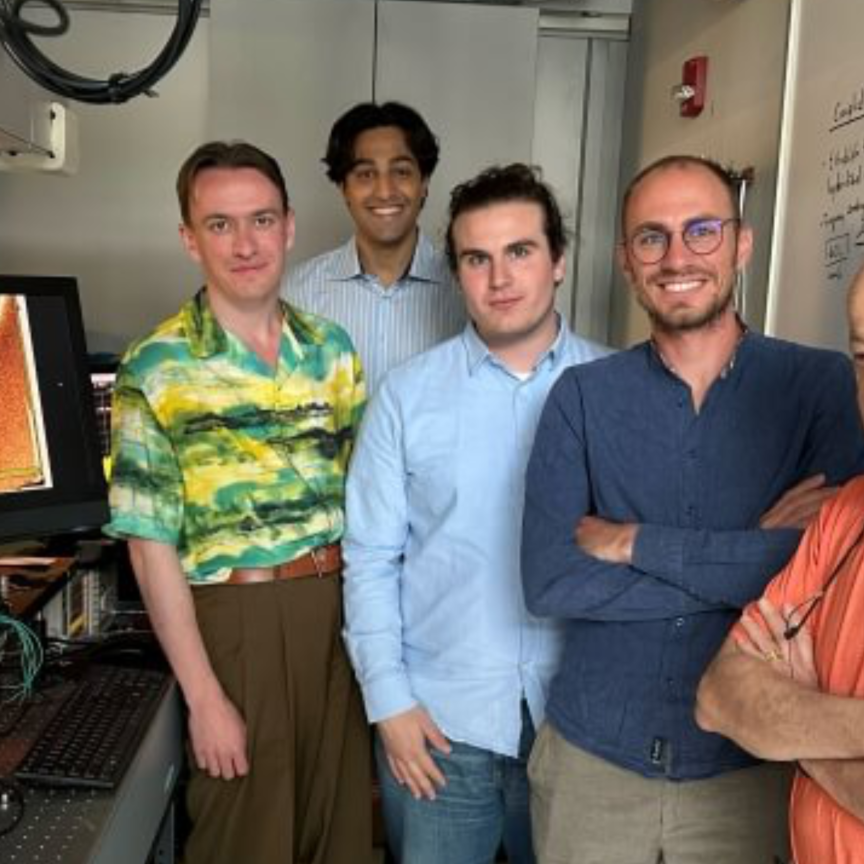A new industry-research consortium is developing a quantum-based spectroscopy system to analyse food more cost effectively.
The joint project, called QSPEC, which includes companies Amo, Toptica and Amotronics along with research bodies Laser Zentrum Hannover, the Leibniz Universität Hannover (LUH), and the German Institute of Food Technology (DIL), aims to develop a new method for testing food for its ingredients and origin more cost effectively to beat fraud in food labelling.
Fraud in the labeling of food ingredients cannot only cause economic damage but can also lead to health risks. Laboratories therefore use authenticity tests to determine whether the declared geographical origin of foods is correct, whether certain ingredients such as palm oil have actually been omitted, or whether no others have been added.
To date, nuclear magnetic resonance (NMR) spectroscopies are being used for these analyses. NMR spectroscopy makes it possible to clearly identify almost any organic substance in a given sample. However, the analyses are very expensive, as the systems are large, complex, and cost several million euros.
The quantum-based spectroscopy method is expected to be more compact, less expensive and highly sensitive.
"We are researching a method that uses entangled photons to measure the substance to be analysed at one wavelength and detect the information obtained from it at another wavelength," explains Dr Stephan Suckow, Head of the Nanophotonics Group at AMO GmbH and collaborative coordinator of the QSPEC project.
"In the first step, an entangled photon pair consisting of a long-wavelength and a short-wavelength photon is generated," Dr Suckow further explains. The long-wavelength photon now interacts with the sample, changing its phase, for example. This manipulated photon pair is then fed into another process in which yet another photon pair is generated.
The information contained in the pair is transformed by quantum interference, so it eventually becomes readable simply by the count rate of the short-wavelength photons. The short-wavelength photons act as carriers of information and can be measured particularly well with current technology. The bandwidth of the photon pairs makes it possible to resolve the sample spectrally.
"The resulting spectra of the individual food samples are like fingerprints in this regard," explains Dr Suckow "We can then compare these fingerprints with other reference samples and thus draw conclusions about ingredients and geographical characteristics."
Necessary for the generation of the quantum frequency combs are novel laser beam sources, which LZH and Toptica are developing for the project. AMO will use nanolithographic methods to create chips that accommodate the necessary technology in the smallest possible space.
Amotronics will contribute the ultrafast electronics required for detection. The Institute for Photonics at LUH will subsequently combine the individual components into a system so that the DIL can test the new method and build a reference library.
From the composition of the ingredients, the origin of foods such as olive oil, fruit juice, honey, and many others can be determined beyond doubt. Even the detection of contaminants in the lowest concentrations is possible. This would be the basis for a new generation of analytical tools that allow comprehensive quality assurance in food production.


